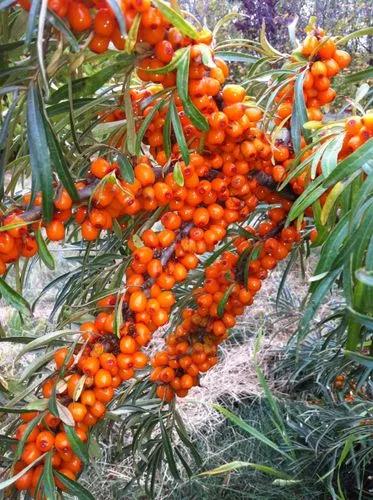Eugenia pyriformis is a plant of the family Myrtaceae found primarily in Brazil. It reaches 20 to 45 feet (6 to 13 meters) in height and 1 to 1.5 feet (30-50 centimeters) in trunk diameter. It is a native species of Brazil, occurring primarily in the states of Paraná, Rio Grande do Sul, Santa Catarina and São Paulo.
Uvaia Care
Eugenia Pyriformis



Uvaia is an evergreen shrub or tree with a small, open crown; it can grow 5 - 15 metres tall. The erect bole can be 30 - 50cm in diameter. The edible fruits are greatly appreciated in Brazil, where the plant is widely cultivated in home gardens and orchards, both for its fruit and as an ornamental tree. Small tree, 4 to 12 metres high with a rounded or cup-shaped crown. 2 to 4 metres in diameter with a straight trunk, which is divided in most cases in several upright sticks of 10 to 50 cm in diameter, the bark is greenish-brown Longitudinal fissures that slough into thin plates in the spring. The leaves are opposite, simple, glabrous (hairless), slightly stiffer texture. The limb or leaf tissue is shaped lanceolate with blunt or rounded base and acute or pointed tip supplied (sharp ending point). They are 2.5 to 5.5 cm long and 0.6 to 1.4 cm wide, the petiole is 0.2 to 0.4 cm long. The flowers are hermaphrodite, axillary (growing out of the confluence of the leaf and budding shoots of the same year) under the stem or trunk, they are 1.4 to 2.2 cm long, cyclic (multiple cycles), with two cases. The bud is protected by 2 bracts (modified leaf type) and the shell (outer shell) consists of 4 free sepals, unequal and fluffy together. The corolla (inner shell) consists of four inverted egg-shaped, white and clearly formed petals.
Discover more plants with the list below
Popular articles






